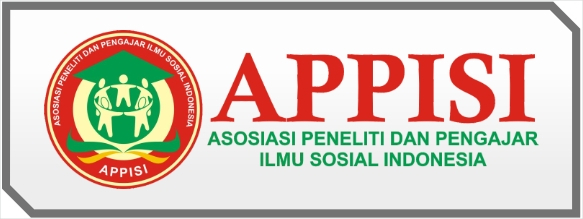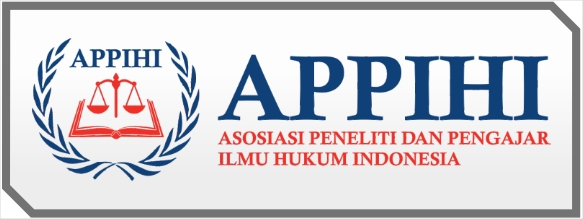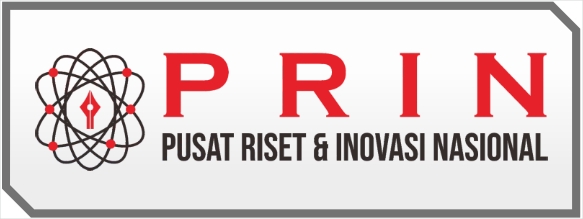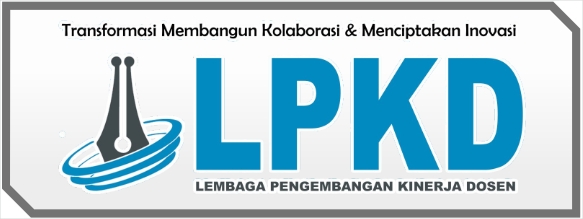Kolaborasi Pengembangan Pariwisata Pacu Jalur Berbasis Masyarakat di Kabupaten Kuantan Singingi
DOI:
https://doi.org/10.55606/jurrish.v3i1.2242Keywords:
collaboration, pentahelix model, tourism developmentAbstract
Currently tourism in Indonesia is growing very rapidly. The role of stakeholders is very necessary in planning a tourist destination because it can help to develop tourism potential in a village. This research focuses on discussing community based tourism development collaboration at Pacu jalur events in Kuantan Singingi Regency and what factors inhibit collaboration in community-based tourism development at Pacu jalur events in Kuantan Singingi Regency. The aim of this research is to find out how collaborative community based tourism development is at the pacu jalur event in Kuantan Singingi Regency and what are the inhibiting factors for collaboration in community based tourism development at the pacu Jalur event in Kuantan Singingi Regency using the pentahelix model of 5 stakeholders. This study used qualitative research is descriptive methods. This research found that the roles of each stakeholder are: academics focus on tourism planning based on existing theories, the government focuses on policy makers in developing tourism potential, business actors as nails in creating added value and maintaining economic growth in the surrounding area, and the role of the role of the community is to help manage tourism potential and the role of the media is to promote and help inform the wider community about the spur route. The research results found that collaborative governance has run quite optimally. The inhibiting factors in community-based tourism development collaboration were also revealed, namely, a) Lack of pentahelix coordinators in the development of Pacu jalur tourism, b) Lack of support for road infrastructure access in the development of Pacu jalur tourism, c) Low creativity and innovation at Pacu jalur tourism locations. Through this research, it can be used as an evaluation so that it can increase the efforts of the Department of Tourism and Culture in developing tourist attractions leading to national events.
References
Adi, I.R. (2012). Intervensi Komunitas dan Pengembangan Masyarakat. Jakarta : Raja Grafindo Persada.
Adi, I.R. (2017). Perencanaan Partisipatoris Berbasis Aset Komunitas. Pemikiran Menuju Penerapan. Jakarta : FISIP UI Press.
Afdal, 2015. Kolaboratif: Kerangka Kerja Masa Depan. Jurnal Konseling dan Pendidikan. Vol.3 No.2.
AG, Subarsono., 2011., Analisis Kebijakan Publik : Konsep, Teori, dan Aplikasi., Pustaka Pelajar., Yogyakarta.
Ansell, C. dan Alinson G. 2007. Collaborative governance In Theory And Practive. Journal Of Public Administration. University of California berkeley.
Ansell, C. dan Alinson, G. 2012. Stewards, Mediator, and Catalyst: Tower A Model Of Collaborative Leadership.The Inoviation Journal. Vol.17 No.1.
Anuar, A.N.A. & Sood, N.A.A. (2017). Community based tourism: Understanding, benefits and challenges. Journal of Tourism and Hospitality, 6(1).
Afdal, 2015. Kolaboratif: Kerangka Kerja Masa Depan, Jurnal Konseling dan Pendidikan. Vol.3 No.2.
Donahue, John D. and Richard J. Zeckhauser. 2011. Collaborative Governance: Private Roles for Public Goals in Turbulent Times. Princeton: Princeton University Press.
Emerson, K., Nabatchi, T. and Balogh, S. (2012), “An integrative framework for collaborative governance”, Journal of Public Administration Research and Theory, Vol. 22 No. 1, pp. 1-29.
Lokantara, I Gede Wyana, Rafi’I Muhammad. 2017. Identifikasi Tipologi Destinasi Wisata Dan Strategi Pengembangannya Sebagai Upaya Mewujudkan Pariwisata Kabupaten Karangasem Berbasis Wisata Konservasi. Prosiding Seminar Nasional Multi Disiplin Ilmu & call For Papers Unisbank Ke-3 (Sendi_U 3) 2017. ISBN:9-7-89-7936-499-93
Nawawi, Ahmad, 2013. Partisipasi Masyarakat Dalam Pengelolaan Wisata Pantai Depok di Desa Kretek Parangkritis. Jurnal nasional pariwisata. Vol.5 No.2.
Nugroho, Riant., 2006., Kebijakan Publik untuk Negara-Negara Berkembang., PT. Elex Media Komputindo., Jakarta.
Phillips, R. & Pittman, R. (2009). An Introduction to Community Development. Routledge.
Pitana, I.G. & Gayatri, P.G. (2005). Sosiologi Pariwisata. Yogyakarta: Andi Offset.
Purwanto, Erwan Agus dkk., 2015. Mengembangkan Profesi Analisis Kebijakan., Gadjah Mada University Press., Yogyakarta.
Putra, A., Hasim, A dan Adianto (2022). Collaborative Governance dalam Pengembangan Objek Wisata di Rupat Utara Kabupaten Bengkalis. Journal Publicuho. 5(4), 1149-1161.
Sambodo Giat Tri. 2016. “pelaksanaan collaborative governance di desa budaya brosot, galur, kulonprogo, DIY”, Jurnal ilmu pemerintahan dan kebijakan publik. 3(1).
Sanders, I.T. (1970). The Concept of Community Development. Community Development as a Process. Leo J. Cary. (Ed.).
Susilawati 2016. “strategi pengembangan pariwisata pantai bira sebagai sumber unggulan pendapatan asli didaerah kabupten bulukumba”. Jurnal Administrasi Negara. Vol.2 No.3.
Syafri, Wirman., 2012. Studi Tentang Administrasi Publik., Erlangga., Jatinangor.
Suwardi. (2007). Bahan Ajar Kebudayaan Melayu. Pekanbaru: Kampus Akademi Pariwisata Engku Puteri Hamidah.
Tahir, Arifin. 2015., Kebijakan Publik dan Transparansi Penyelenggaraan Pemerintah Daerah., Alfabeta. Bandung.
Zaenuri, Muhammad. 2016. Tata kelola pariwisata-bencana dalam perspektif collaborative governance (studi kasus pariwisata-bencana lava tour merapi kabupaten seleman).
Downloads
Published
How to Cite
Issue
Section
License
Copyright (c) 2023 Ego Pernanda Saputra, Adianto Adianto

This work is licensed under a Creative Commons Attribution-ShareAlike 4.0 International License.

















